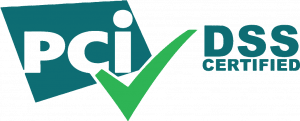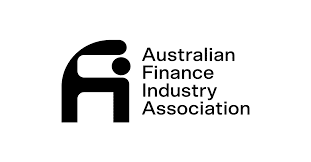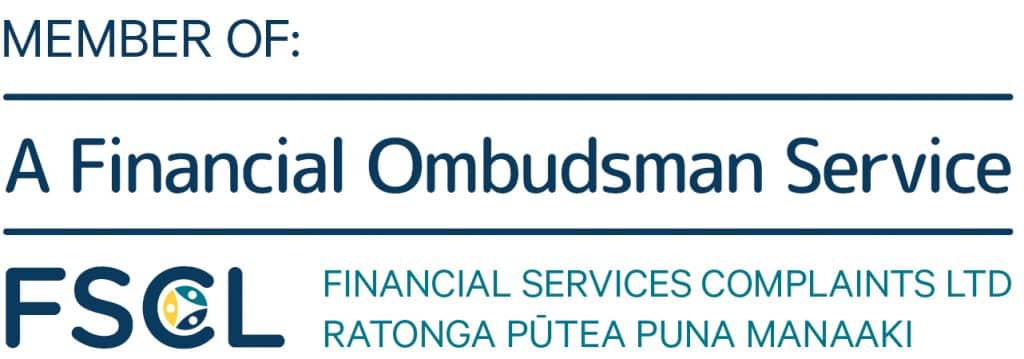By Michael B. Cohen
Vice President of Global Operations
MyChargeBack
The blockchain has been compared to the Wild, Wild West, where no one really knew who the sheriff was. Although there are many benefits of digital currencies, the unregulated environment can give cover to bitcoin fraud. In fact, the proliferation of bitcoin scams has led many critics to ask, “Is crypto a scam?”
However, these assumptions may be refuted and the number of crypto scams could be reduced in the second phase of cryptocurrency – global regulation.
Many governments are mulling cryptocurrency regulation, but the EU has already made dramatic steps towards establishing set rules governing bitcoin transactions, crypto wallets, trading of crypto assets, and crypto mining.
What Do These Proposed Provisions Cover and How Will They Affect Individual Crypto Users?
The European Parliament’s Committee on Economic and Monetary Affairs (ECON) voted in October 2022 to approve crucial proposals raised in June. These proposals fit into two categories – MiCA (Markets in Crypto Assets) and TFR (Travel Rules). Although there are many details that are still under negotiation, EU regulation of crypto assets could begin as early as the first quarter of 2023.
What Is the Purpose of MiCA?
MiCA has a broad reach and is designed to deal with the following:
- Money laundering and crypto scam prevention
- Consumer protection
- Accountability of crypto companies
- Environmental impact
- Stablecoin regulation
MiCA’s provisions deal mainly with ensuring that companies offering cryptocurrency as a product or a payment method provide accountability and full transparency. This means they will be required to report transactions and require some type of identification. This applies both to companies based in the EU and those from outside the region who sell their products to EU customers.
Transparency in reporting prevents money laundering, and crypto scams and bolsters consumer protection. Crypto companies are expected to demonstrate market capitalization, agreement on financial reporting and disclosure requirements. Crypto companies will also be accountable for customer losses and will be expected to provide compensation in the case of proven crypto scams.
In addition, MiCA is concerned with stablecoin regulation and will require reserves for the issuance of coins to promote stability and establish coherent value for crypto coins. This can greatly reduce the volatility of crypto markets and prevent a repeat of 2022’s ruinous “crypto winter.”
In addition, MiCA includes measures to prevent bitcoin scams and market manipulation including:
- Insider trading
- Wash trading
- Front running
Insider trading occurs when someone illicitly uses non-public knowledge that will give them an unfair advantage. Wash trading occurs when someone is on both sides of a trade. This isn’t legal hedging – but is a technique that allows the trader to inflate the price. Front running involves using technology, such as bots, to make trades based on knowledge of impending trades that don’t yet appear.
These types of trading are currently illegal with traditional assets, but MiCA will ensure they apply to crypto trading as well.
What Are TFRs?
As part of the MiCA regulations, TFRs are going to be required for crypto transactions. TFRs are also known as “travel rules,” and are requirements for identity disclosures when using cryptocurrency.
Under negotiation is the threshold amount that will require these disclosures. This is similar to Know Your Customer (KYC) disclosures with conventional currency – money transfers above a certain amount require identifying details to prevent money laundering.
Proposed threshold amounts have ranged from €1,000 to €3,000, but currently it is likely that it is likely to be €0 – in other words, there will be no minimum amount before identification and disclosure is required. This is expected to provide maximum customer security and can deter crypto scams.
Will MiCA Rules Keep Your Money Safe from Crypto Scams?
In general, the purpose of European regulations such as MiCA and TFRs is to bring cryptocurrency in line with traditional finance. The rules required are at an equal level of stringency as those applying to companies and customers who make transactions in euros.
The emphasis on transparency and accountability is expected to go a long way in the fight against crypto scams. These regulations will make crypto purchases and bitcoin trading safer for customers and are likely to make the markets more stable.
In this environment, our experts can easily work with banks, regulators, and authorities to help you track down your funds. Our investigation reports are the first and most decisive step in the crypto recovery process.






